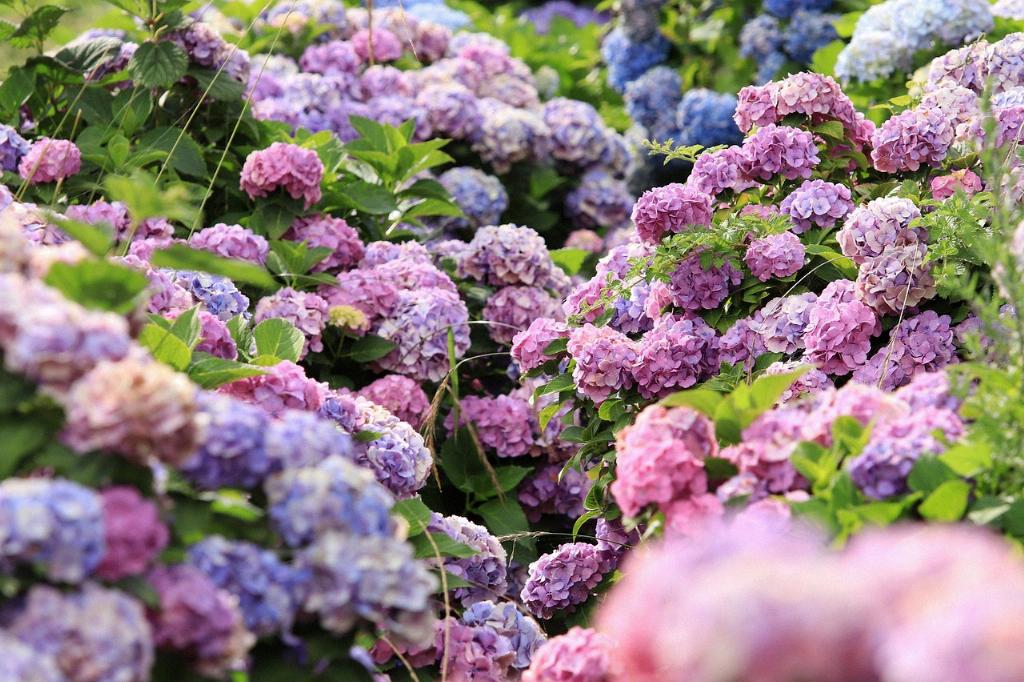If you are looking to propagate your hydrangeas, taking cuttings in late summer is key to ensuring the best chances of success. During this time, the current season’s growth is at its optimum stage for cutting. The semi-ripe stems are still green and flexible at the top, while the base is starting to become woody. This transition from soft to woody helps prevent the cuttings from rotting, giving them a better chance of rooting and thriving.
Timing is Everything
Timing plays a crucial role in the success of hydrangea cuttings. Late summer provides the ideal window of opportunity, allowing you to capitalize on the plant’s natural growth cycle. By selecting stems that are neither too soft nor too hard, you can set the stage for successful propagation.
Optimal Conditions for Propagation
When taking hydrangea cuttings, it is important to choose a healthy and vigorous parent plant. Look for stems that are free from diseases or pests, as these can hinder the success of your cuttings. Additionally, make sure to use sharp, clean cutting tools to create clean cuts that will aid in the rooting process.
Preparing the Cuttings
Before taking the cuttings, prepare your propagation materials. Have clean pots or trays filled with a well-draining, sterile rooting medium ready to plant the cuttings once they are prepared. Remove any lower leaves from the stems to prevent rotting and encourage root growth.
Cutting and Planting Process
When making the cuttings, ensure they are around 6-8 inches long and include at least one set of leaves. Make a clean cut just below a leaf node, as this is where the roots will form. Dip the cut end of the stem in rooting hormone to stimulate root growth before planting it in the prepared rooting medium.
Care and Maintenance
Place the pots or trays in a warm, bright location away from direct sunlight. Keep the rooting medium consistently moist but not waterlogged to encourage the development of roots. Monitor the cuttings regularly for signs of growth and adjust watering as needed.
Rooting and Transplanting
After a few weeks, the cuttings should start to develop roots. Gently tug on the base of the stem to check for resistance, indicating that roots have formed. Once the roots are well-established, you can transplant the cuttings into individual pots with well-draining soil to continue their growth.
Establishing New Plants
As the new plants grow, provide them with regular water and light to support healthy growth. Once they have outgrown their containers, you can transplant them into the garden or larger pots to allow them to flourish and bloom.
Experiment and Learn
Propagation can be a rewarding experience that allows you to expand your garden and share plants with others. Don’t be afraid to experiment with different techniques and varieties of hydrangeas to find what works best for you. Each cutting is a learning opportunity that can help you refine your skills and knowledge in plant propagation.
Conclusion
In conclusion, late summer is the optimal time to take hydrangea cuttings for propagation. By following the proper techniques and providing the right conditions, you can increase your chances of success and grow new plants to enjoy in your garden for years to come.

